HDC regularly reviews every public proposal affecting Individual Landmarks and buildings within Historic Districts in New York City, and when needed, we comment on them. Our testimony for the latest items to be presented at the Landmarks Preservation Commission is below.
Item 5
301 Park Place – Prospect Heights Historic District
CERTIFICATE OF APPROPRIATENESS, Docket #1938319
A Renaissance Revival style rowhouse built c. 1894. Application is to construct a rear yard addition.
The surrounding neighbors of 301 Park Place have built rear yard additions in full height and width, and so it is understandable that the applicant feels compelled to do the same. Additionally, the images provided denote a modern, industrial style, which would not be in keeping with the historic character of this rowhouse. It is hard to discern the appropriateness of the addition without having detailed and clearer information regarding materials, such as whether the rear will feature wood or metal panels. This speaks to an increasing problem of submitted applications lacking the information necessary to assess proposed work, which diminishes the utility of the public review process. As such, our public review committee is not able to evaluate applications fully, which might facilitate faster hearings but removes what we would like to believe are helpful voices from the public discourse.
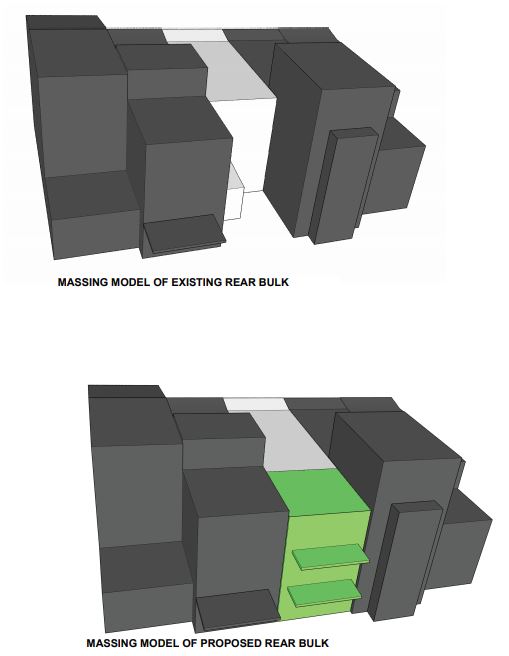

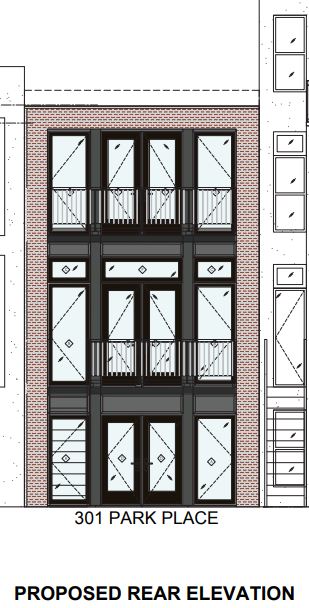
LPC determination: Approved
Item 7
108 Franklin Street – TriBeCa East Historic District
CERTIFICATE OF APPROPRIATENESS, Docket #1935023
An Italianate style store and loft building built in 1861. Application is to replace windows.
The four over four wooden weight and chain windows are welcomed on this façade, and we ask that the Commission approve them for the entire building. As proposed, they are omitted from the second story and the fenestration should be consistent across all of the floors.
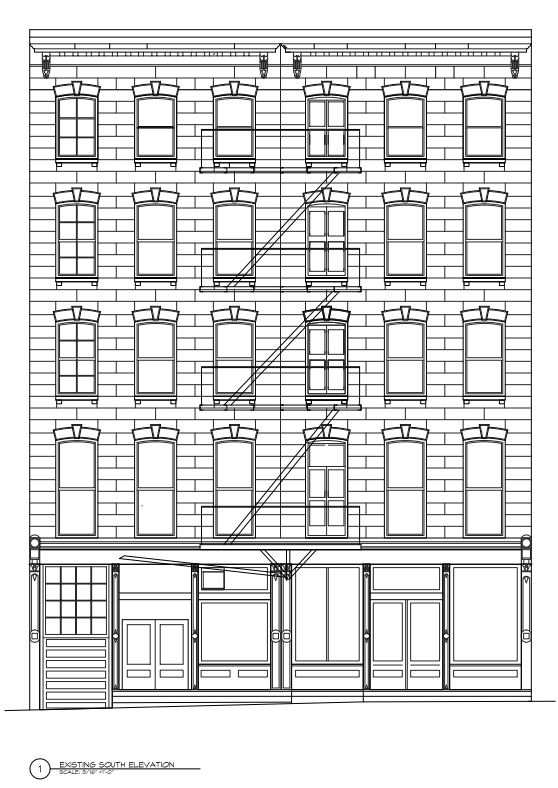
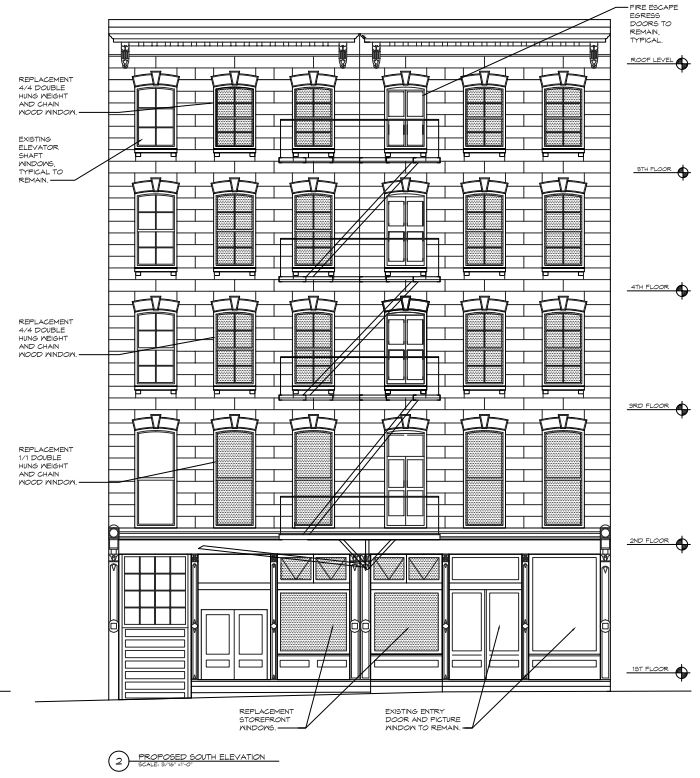
LPC determination: Approved
Item 8
1 Broadway – Individual Landmark
CERTIFICATE OF APPROPRIATENESS, Docket #1939316
An office building originally built in 1882-87, designed by Edward Hale Kendall, and altered in the neo-Classical style in 1919-21 by Walter B. Chambers. Application is to construct a rooftop addition.
From the LPC’s designation report: “This building, which served as the company’s New York headquarters as well as its booking office, was one of the first of the major modern steamship buildings that gave this section of lower Broadway the name “Steamship Row” in the 1920s and assisted in transforming the street into the “canyon” of neo-classical masonry office towers familiar to this day.” The International Mercantile Marine Company Building is the anchor of Broadway, and its location at the foot of Manhattan allows for generous views of the entire structure. Introducing a highly glazed visible addition atop a masonry building and in the masonry context the designation report specifically mentions is inappropriate. The addition should be lowered a story so that the fenestration is not visible, or be reconfigured in a pattern that better relates to the window openings of the building and does not draw attention to itself. This building was elegantly altered in 1921, its third alteration should follow suit.

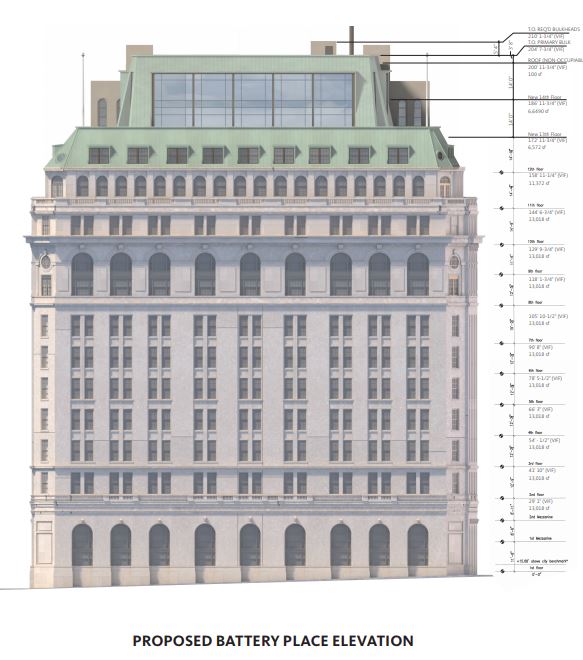
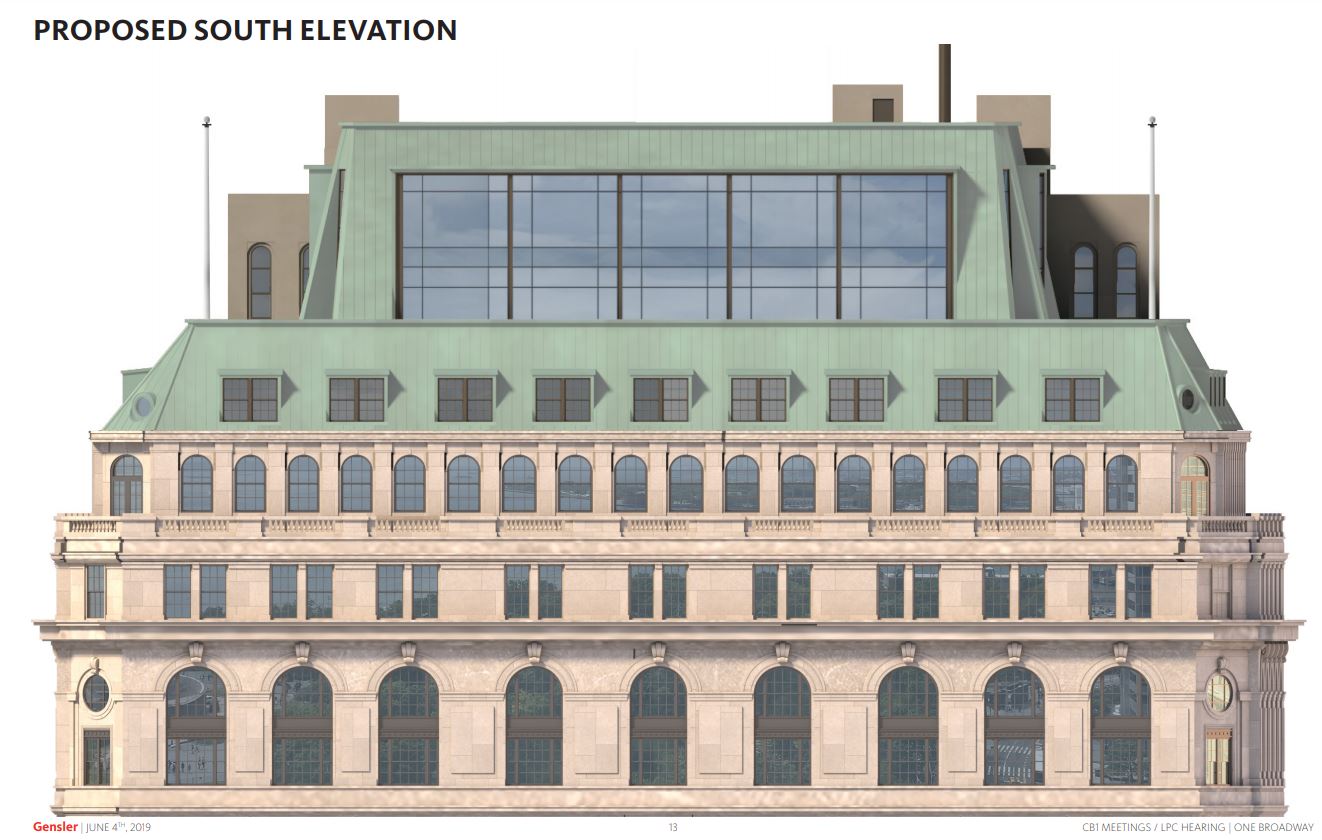
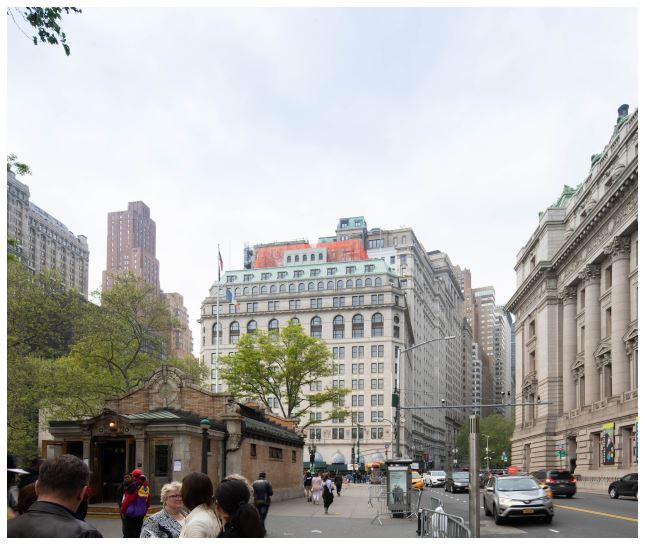
LPC determination: No Action
Item 9
47 East 129th Street – Individual Landmark
CERTIFICATE OF APPROPRIATENESS, Docket #1936270
An Italian Gothic Revival style church complex, designed by Renwick, Aspinwall & Russell and built between 1883 and 1904. Application is to remove special windows.
This application cuts to the bone of appropriateness. Setting aside the issue of whether government can regulate religious properties, the fact is that this is no longer a religious property. It has been deconsecrated, so whatever intangible status that “sanctity” grants is no longer in effect, according to the rules of the organization that confer this status. This is an individually designated landmark building owned by an organization which is proposing to alter some of its distinguishing features for its own purposes. The reasoning behind those purposes is irrelevant to the LPC’s consideration of the proposal.
The Historic Districts Council is aware that the 2006 Designation Report on this landmark went to considerable lengths not to discuss the stained glass; Mayer of Munich is only mentioned in passing and Tiffany Studios is not mentioned at all. Additionally, the exterior figurative sculptural elements are not well-described either. The reasons for the omission of these elements was presumably to create a defensible legal rationale to pave the way for their future removal, which is now being proposed. It is utter absurdity to suggest that the only architectural significance these windows have is their shape and masonry ornament. The designation report itself pictures the female figure in the tympanum above the main door that is proposed to be removed.
If the Landmarks Commission is concerned about the statutory prohibition against the regulation of religious interiors, there’s no cause for concern. According to the rules of the Catholic Church and as noted in the presentation materials, this is no longer a religious space. If the concern is that stained glass is meant as more of an interior element more than an exterior one, the same could then be said of any window – and it would be entirely incorrect. The definition of a window is “an opening in an exterior wall of a building to admit light”.
Once the religious exemption is dismissed, one could imagine judging the windows and sculpture by the standards of commercial signage, in that they are advertising the work and premise of the enterprise which owns the property and formerly practiced its business there. If that were the case, the LPC does not regulate content but typically requires an appropriate replacement to be installed. An example of this is the “Guardian Life” sign which was installed atop the former Guardian Life Building in Union Square. In that instance, a new sign for the new tenant, the W Hotel, was installed with LPC permits and was in keeping with the original in terms of general appearance. That is not what is being proposed here. Furthermore, when does a symbol cease being a corporate brand and become an artistic flourish? How much different is the cross atop the Church of All Saints from the radio/lightning waves emblazoned on the crest of the former RCA Victor Building? Would it be appropriate to remove that element because the building is no longer the headquarters of a radio or power company?
Another rationale for the Landmarks Commission to abandon the standard of appropriateness would be to determine these stain-glass windows and sculptural elements to be Art and protected under the First Amendment. Rhetorically speaking, this argument could be extended to any element of a building, as structures are, by definition, objects which are or were created by conscious human agency. In theory, anything consciously created might constitute Art. In practice however, the Landmarks Commission regularly and routinely regulates existing structures which unequivocally are or include indisputable Artistic forms. For example, would the Landmarks Commission allow a proposed permanent removal of Adolph Weiman’s 1913 statue of Civic Fame from atop the Municipal Building? It is hard to believe that under the standards of appropriateness, such a proposal would be allowed.
Finally, it is peculiar to be contemplating altering the physical fabric of this building to reflect its change in use on the same day which the Landmarks Commission is discussing the importance of the physicality of cultural sites. One of the reasons which the LPC brought forward the James Baldwin House as an individual landmark was to better regulate its physical appearance to coordinate with Baldwin’s residency. Isn’t the time which this building served as an active religious center its era of significance? Many of the 21 speakers who supported this designation in 2004, including Congressman Charles Rangel, came out to the hearing not just because of the building’s outstanding architecture, but because of their personal experience with it and its role in the neighborhood.
With regard to this proposal, the Historic Districts Council finds it impossible to reconcile with the standards of appropriateness as practiced at this commission. We can think of no rationale for permitting this vandalism which would not simply be a justification brought on by the nature of the property’s current owner. This historic building deserves better treatment, and so does Harlem. The Roman Catholic Church has released this building from its realm; it now falls to the Landmarks Commission to protect it.

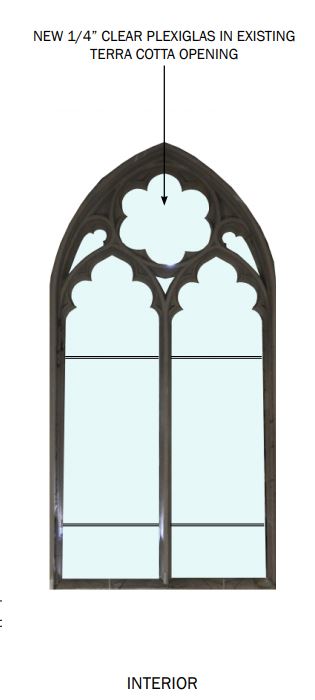
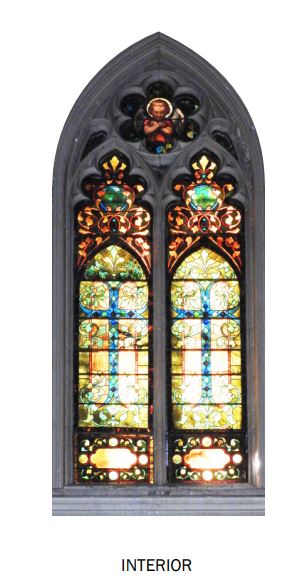
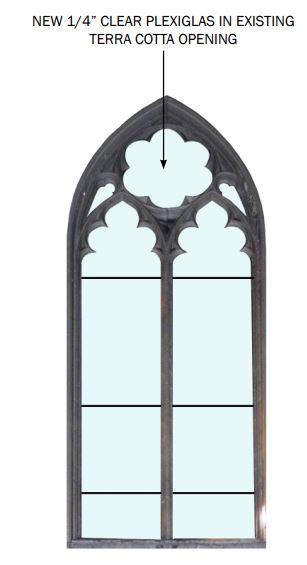
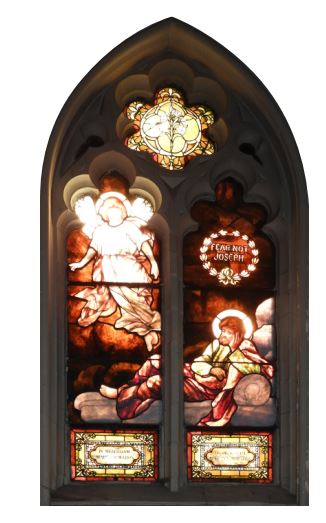

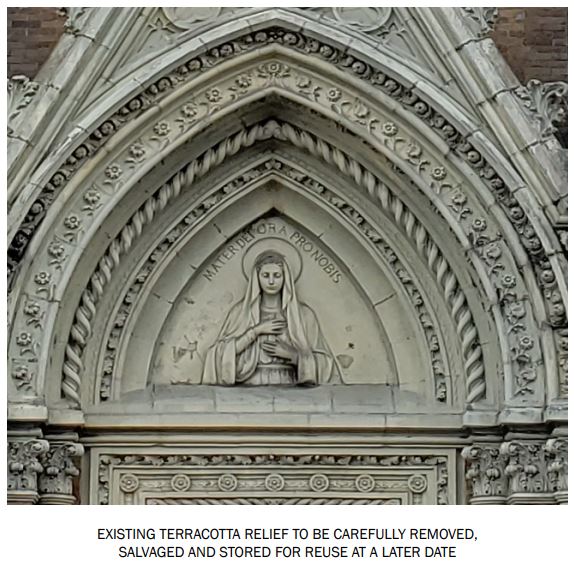
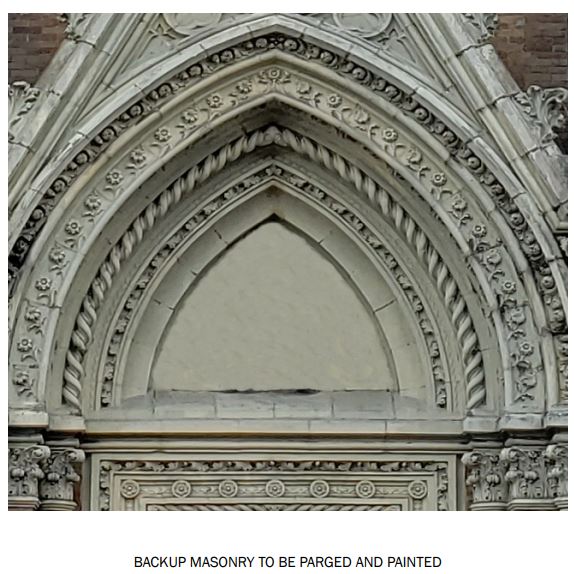
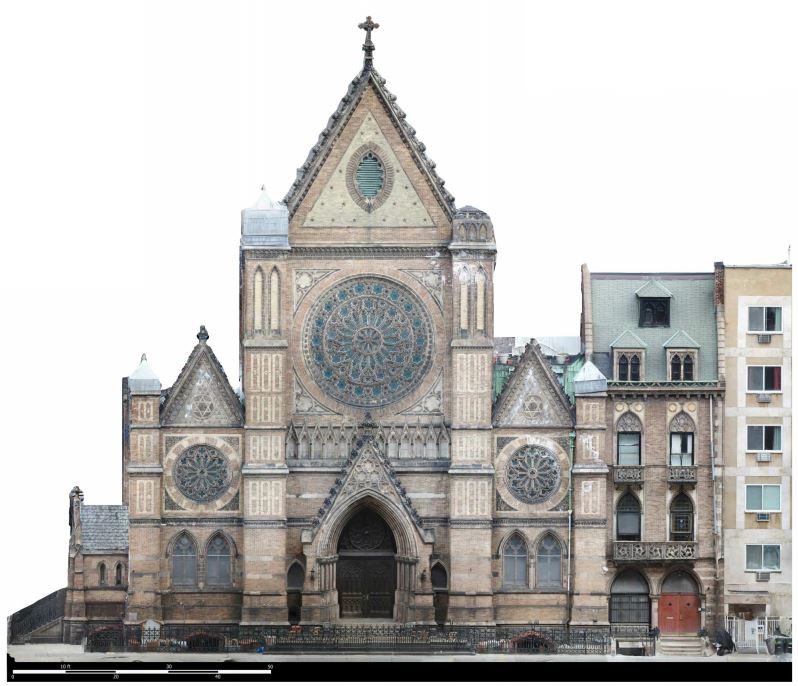
Laid Over



